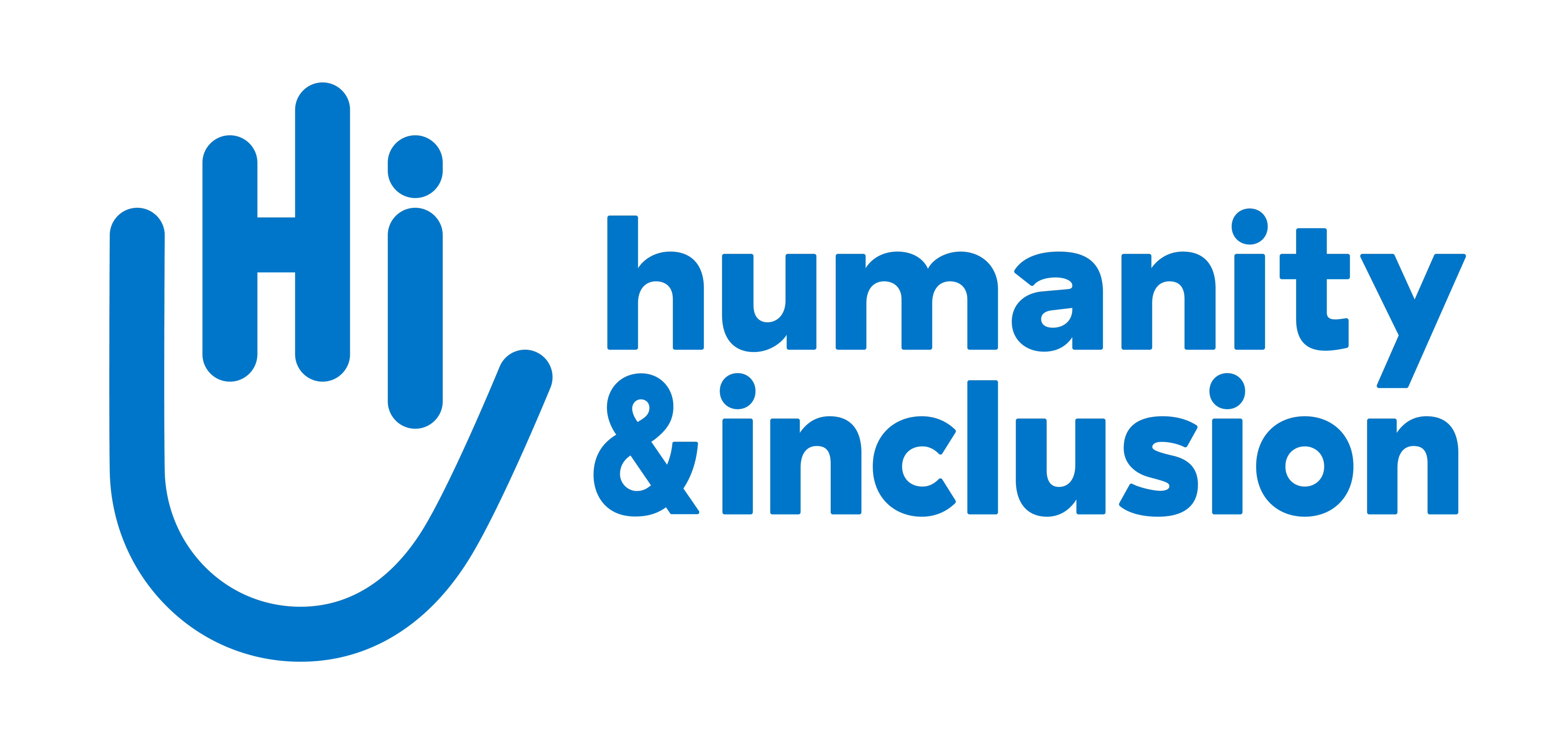Humanity & Inclusion (HI)-trained rehabilitation technician responds to those injured by earthquake
After the 2010 earthquake introduced her to the field, Humanity & Inclusion (HI) rehabilitation graduate Guetchly-Nise now finds herself treating those affected by the most recent quake in Haiti

HI-trained rehabilitation technician, Guetchly-Nise smiles outside of a rehabilitation center in Cayes, Haiti. 2021 | © R. Crews / HI
This week, HI teams in Haiti have begun training physiotherapists and rehabilitation specialists in urgent rehabilitation to reinforce overwhelmed medical centers in the Cayes.
Today, one of the new recruits, Guetchly-Nise, started her first day responding to those who were injured in the earthquake.
The Port-au-prince native and mother of two spent four years as a nurse before the 2010 earthquake hit Haiti.
It was in the aftermath of the disaster that Guetchly-Nise decided to change career paths and become a rehabilitation technician.
“Before 2010, physiotherapy was not very present in Haiti”
“Still, there are very few specialists. I saw that there was a lot of need around me and I was immediately interested the field. I initially did a two-year training with HI that was funded by USAID to become a rehabilitation technician, and since then I have attended several HI trainings- including this one.”
Following her initial training with HI, Guetchly-Nise went on to work with various hospitals and CERPA (amputation rehabilitation center), where she specialized in phantom pain.
Today, along with her colleagues and HI rehabilitation experts, Guetchly-Nise spent the afternoon navigating the emergency block of the general hospital in the Cayes. Each room was overflowing with people in need of urgent care.
“I’m seeing a lot of fractured arms and legs, and several amputations,”
she says.
“I had heard there were a lot of patients here, but I’m still surprised at the number. Emergency rehabilitation is different from how I usually work. You have to make decisions very quickly, and prioritize.
I’m used to thinking more long-term. It’s important to have both, though. If we only did emergency response with no follow-up, that would not be enough.
But if we don’t have emergency care, then the consequences will be worse for later.”
Despite the difficulty of the work, Guetchly-Nise remains dedicated to her patients. Having experienced the disaster herself, she has been eager to assist those in need.
“I’m really happy to be here to respond to the situation,” says Guetchly-Nise.
“I was lucky enough to not have been affected as much as some, but I know what it’s like to be in an earthquake. I look at my patients and know it could have easily been me instead."
"I want to help and I have the training, so I feel that it’s my duty.”




